Home>Gardening & Outdoor>Outdoor Recreation & Activities>How Much Water In A Olympic Swimming Pool
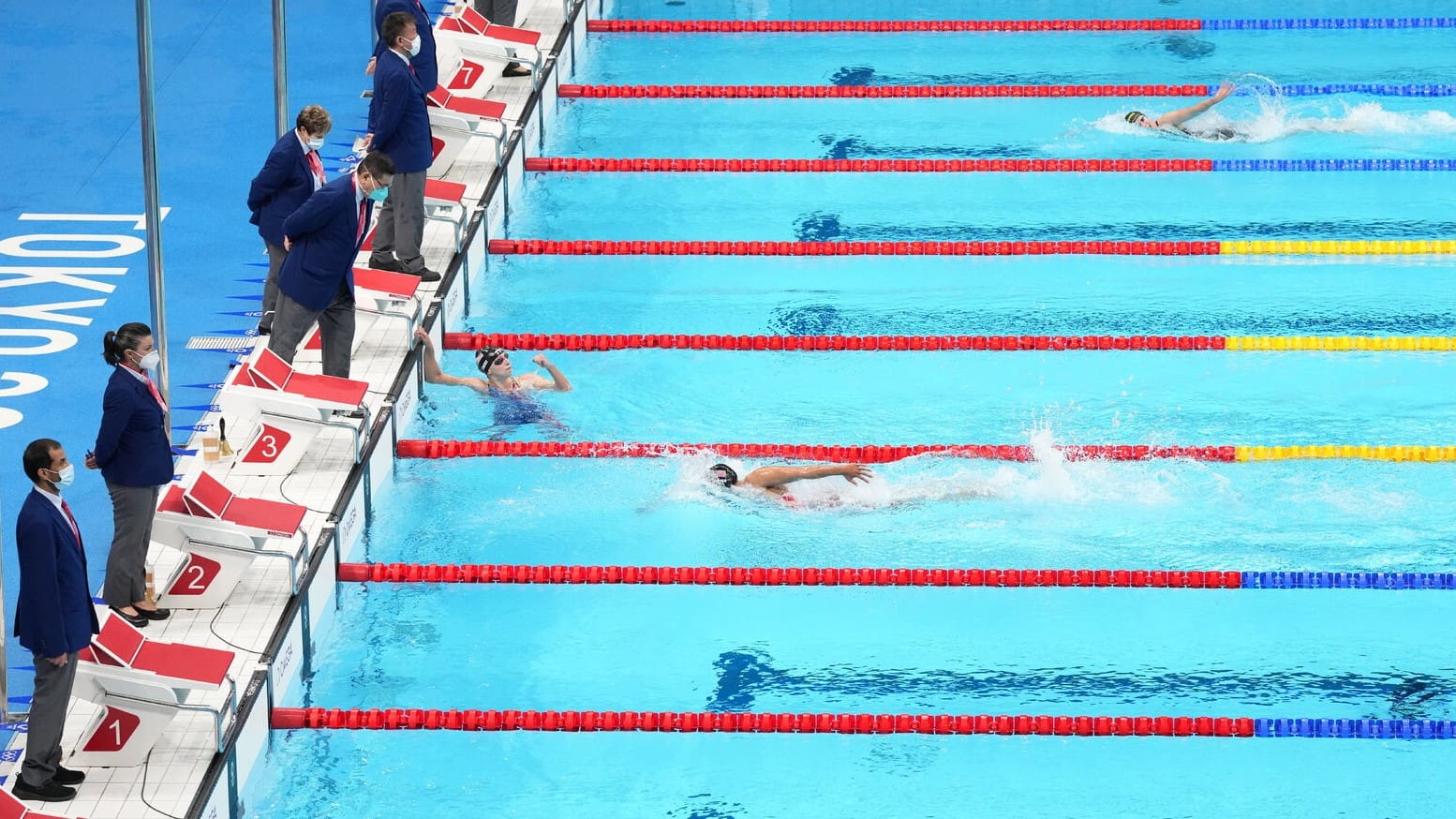

Outdoor Recreation & Activities
How Much Water In A Olympic Swimming Pool
Modified: February 19, 2024
Discover the exact amount of water in an Olympic swimming pool and learn about outdoor recreation and activities. Dive into the details now!
(Many of the links in this article redirect to a specific reviewed product. Your purchase of these products through affiliate links helps to generate commission for Storables.com, at no extra cost. Learn more)
Introduction
Olympic swimming pools are synonymous with excellence, athleticism, and the pursuit of greatness. These colossal aquatic arenas serve as the stage for some of the most thrilling and awe-inspiring moments in sports history. As we delve into the inner workings of these marvels of engineering, we'll uncover the staggering volume of water required to fill an Olympic swimming pool and the factors that influence its water level.
The sheer magnitude of an Olympic swimming pool is a testament to human ingenuity and the relentless pursuit of perfection. From the thunderous applause of the crowd to the synchronized strokes of the swimmers, these pools encapsulate the spirit of competition and the pursuit of athletic mastery.
In the following sections, we will explore the standard size of an Olympic swimming pool, the mind-boggling volume of water it contains, and the meticulous planning required to maintain its pristine condition. By unraveling the intricacies of these aquatic behemoths, we gain a deeper appreciation for the monumental effort and resources dedicated to ensuring a world-class swimming experience for athletes and spectators alike.
Key Takeaways:
- An Olympic swimming pool holds a colossal 660,430 gallons of water, enough to fill over a thousand bathtubs. It’s like a giant water playground for elite swimmers to show off their skills and make waves!
- Maintaining the water level in an Olympic swimming pool is like a balancing act, with factors like evaporation, splashing, and temperature all playing a role. It’s like keeping a huge, watery stage in perfect condition for top-notch swimming performances!
Read more: What Size Is An Olympic Swimming Pool
The Standard Size of an Olympic Swimming Pool
An Olympic swimming pool is a marvel of precision engineering, meticulously designed to meet exacting standards. The dimensions of an Olympic-sized swimming pool are standardized to ensure uniformity and fairness in competitive swimming events. The standard length of an Olympic pool is 50 meters, which is equivalent to 164 feet. This length provides ample space for swimmers to showcase their speed and endurance, making it the ideal distance for Olympic competitions.
In addition to the length, the width of an Olympic swimming pool is equally crucial. The standard width is 25 meters, or approximately 82 feet. This expansive width allows multiple swimmers to compete simultaneously without feeling cramped, fostering an environment where athletes can unleash their full potential.
Moreover, the depth of an Olympic swimming pool is designed to meet specific criteria. The pool must have a minimum depth of 2 meters, or approximately 6.6 feet, throughout its entire length. This depth ensures that swimmers can execute powerful turns and dives without the risk of injury, while also accommodating the needs of various swimming disciplines.
The precision and uniformity of these dimensions are paramount, as they directly impact the performance of swimmers and the integrity of competitive events. Whether it's the breathtaking speed of the freestyle or the graceful precision of the butterfly stroke, the standard size of an Olympic swimming pool sets the stage for unparalleled athletic feats and record-breaking achievements.
In essence, the standard size of an Olympic swimming pool represents the epitome of aquatic engineering, where every dimension is carefully calibrated to uphold the spirit of fair play and athletic excellence. As we marvel at the sheer scale and precision of these aquatic arenas, we gain a profound appreciation for the meticulous planning and engineering prowess that underpin the world of competitive swimming.
The Volume of Water in an Olympic Swimming Pool
The volume of water in an Olympic swimming pool is nothing short of astounding. With its colossal dimensions and precise engineering, an Olympic-sized pool holds an immense amount of water, creating a breathtaking aquatic expanse that serves as the canvas for unparalleled athletic performances.
To comprehend the staggering volume of water in an Olympic swimming pool, we must first consider its dimensions. As previously mentioned, the standard length of an Olympic pool is 50 meters, with a width of 25 meters and a minimum depth of 2 meters. These dimensions create a vast aquatic arena that is perfectly tailored to accommodate the world's most elite swimmers.
Calculating the volume of water in an Olympic swimming pool involves multiplying its length, width, and depth. With a length of 50 meters, a width of 25 meters, and a depth of 2 meters, the formula for determining the volume is straightforward: length x width x depth. This calculation yields a staggering volume of 2,500 cubic meters, or approximately 660,430 gallons of water.
The sheer magnitude of this volume is awe-inspiring, as it represents an expanse of water that can engulf an entire city block. This colossal amount of water serves as the lifeblood of the Olympic swimming pool, providing the medium through which athletes showcase their prowess and determination.
Moreover, the volume of water in an Olympic swimming pool is not merely a static entity; it is a dynamic force that propels the world's most accomplished swimmers to new heights of achievement. As the swimmers carve through the water with precision and power, they displace vast amounts of water, creating mesmerizing ripples and waves that reverberate throughout the pool.
In essence, the volume of water in an Olympic swimming pool is a testament to human ambition and the relentless pursuit of excellence. It represents the convergence of engineering precision, athletic prowess, and the unyielding spirit of competition. As we marvel at the sheer magnitude of water contained within these aquatic colossi, we gain a profound appreciation for the boundless potential and awe-inspiring spectacle that is synonymous with Olympic swimming.
The volume of water in an Olympic swimming pool transcends mere measurement; it embodies the spirit of human achievement and the unyielding pursuit of greatness. It is a testament to the harmonious interplay between nature and human ingenuity, where water becomes the stage for the world's most extraordinary athletic performances.
An Olympic swimming pool holds about 660,000 gallons of water, which is equivalent to 2.5 million liters. This amount of water is necessary to fill the pool to its standard depth of 2 meters.
How Much Water is Needed to Fill an Olympic Swimming Pool
Filling an Olympic swimming pool is no small feat, as it requires an astonishing amount of water to create the aquatic expanse that serves as the stage for world-class athletic performances. The sheer scale of an Olympic-sized pool demands meticulous planning and a vast supply of water to bring it to life.
To comprehend the staggering amount of water needed to fill an Olympic swimming pool, we must consider its dimensions. With a standard length of 50 meters, a width of 25 meters, and a minimum depth of 2 meters, the pool's volume is a monumental 2,500 cubic meters. This translates to approximately 660,430 gallons of water, enough to fill over a thousand standard bathtubs.
The process of filling an Olympic swimming pool involves orchestrating a carefully choreographed ballet of water delivery. Whether sourced from municipal water supplies or specially designated reservoirs, the sheer volume of water required necessitates a well-coordinated effort to ensure a timely and efficient fill.
Furthermore, the quality of the water used to fill an Olympic swimming pool is of paramount importance. The water must undergo rigorous filtration and treatment processes to meet stringent standards for clarity, purity, and chemical balance. This ensures a pristine aquatic environment that meets the exacting requirements of competitive swimming and provides a safe and enjoyable experience for athletes and spectators.
The logistics of filling an Olympic swimming pool extend beyond the sheer volume of water, encompassing the intricate infrastructure and technology required to maintain optimal water quality and temperature. From state-of-the-art filtration systems to precision temperature control mechanisms, every aspect of the pool's aquatic ecosystem is meticulously engineered to uphold the highest standards of performance and safety.
In essence, the process of filling an Olympic swimming pool is a testament to human ingenuity and the unwavering commitment to excellence. It represents the harmonious convergence of engineering precision, logistical coordination, and environmental stewardship. As the pool is gradually filled to its brim, it transforms into a breathtaking aquatic arena that embodies the spirit of athletic prowess and the pursuit of greatness.
The monumental task of filling an Olympic swimming pool serves as a poignant reminder of the meticulous planning and resources dedicated to creating a world-class stage for the world's most elite swimmers. It is a testament to the unwavering dedication to perfection and the relentless pursuit of athletic excellence that defines the realm of competitive swimming.
Factors Affecting the Water Level in an Olympic Swimming Pool
The water level in an Olympic swimming pool is subject to a myriad of factors that influence its stability, clarity, and overall aquatic environment. Understanding these factors is crucial to maintaining the optimal conditions required for competitive swimming and ensuring a safe and enjoyable experience for athletes and spectators.
-
Evaporation: The relentless force of evaporation poses a significant challenge to the water level in an Olympic swimming pool. The expansive surface area of the pool, coupled with the constant exposure to sunlight and air movement, accelerates the evaporation process. As water evaporates, the pool's water level gradually decreases, necessitating regular monitoring and replenishment to maintain the desired depth.
-
Filtration and Backwashing: The intricate filtration systems employed in Olympic swimming pools play a pivotal role in maintaining water quality and clarity. However, the process of filtration and backwashing can inadvertently impact the water level. During backwashing, a portion of the pool's water is expelled to cleanse the filtration system, leading to a temporary reduction in water level. This necessitates careful calibration and replenishment to restore the optimal depth.
-
Splashing and Wave Action: The dynamic nature of competitive swimming events gives rise to vigorous splashing and wave action, which can contribute to fluctuations in the water level. The powerful strokes and turns executed by swimmers generate waves and turbulence that displace water, potentially leading to a gradual decrease in the pool's water level. Managing these natural dynamics is essential to maintaining a consistent water level throughout competitions.
-
Temperature and Humidity: The ambient temperature and humidity levels exert a direct influence on the rate of evaporation in an Olympic swimming pool. Higher temperatures and lower humidity accelerate evaporation, leading to more rapid water loss and potential fluctuations in the water level. Monitoring and adjusting environmental conditions play a crucial role in mitigating the impact of temperature and humidity on the pool's water level.
-
Water Balance and Chemical Treatment: The delicate balance of chemicals and additives in the pool water is essential for maintaining water clarity, sanitation, and pH levels. However, the addition of chemicals and water treatment solutions can subtly affect the water level. Careful management of chemical dosages and treatment processes is vital to preserving the desired water level while upholding stringent standards for water quality and safety.
In essence, the water level in an Olympic swimming pool is a dynamic equilibrium shaped by a complex interplay of natural and operational factors. By meticulously addressing these influences, pool operators and maintenance personnel can uphold the pristine conditions required for world-class swimming events, ensuring that the pool remains a beacon of athletic excellence and aquatic splendor.
Conclusion
In conclusion, the awe-inspiring world of Olympic swimming pools transcends mere dimensions and volumes, embodying a harmonious convergence of engineering precision, athletic prowess, and environmental stewardship. The standard size of an Olympic swimming pool, meticulously calibrated to exacting standards, sets the stage for unparalleled athletic feats and record-breaking achievements. With a length of 50 meters, a width of 25 meters, and a minimum depth of 2 meters, these aquatic colossi provide the canvas for the world's most elite swimmers to showcase their speed, endurance, and unwavering determination.
The staggering volume of water in an Olympic swimming pool, totaling approximately 660,430 gallons, represents a breathtaking aquatic expanse that serves as the lifeblood of competitive swimming. This colossal volume, meticulously calculated based on the pool's dimensions, underscores the monumental effort and resources dedicated to creating a world-class stage for athletic excellence. As swimmers carve through this vast expanse with precision and power, they create mesmerizing ripples and waves that reverberate throughout the pool, embodying the spirit of human achievement and the relentless pursuit of greatness.
Filling an Olympic swimming pool is a monumental task that demands meticulous planning, vast water supplies, and stringent quality control. The process involves orchestrating a carefully choreographed ballet of water delivery, ensuring that the pool is filled to its brim with pristine, crystal-clear water that meets the exacting requirements of competitive swimming. From the logistics of water sourcing to the intricate infrastructure and technology required for water treatment and temperature control, every aspect of the pool's aquatic ecosystem reflects the unwavering commitment to perfection and the relentless pursuit of athletic excellence.
Moreover, the water level in an Olympic swimming pool is subject to a myriad of factors, including evaporation, filtration processes, splashing and wave action, temperature, humidity, and water balance. By understanding and addressing these influences, pool operators and maintenance personnel can uphold the pristine conditions required for world-class swimming events, ensuring that the pool remains a beacon of athletic excellence and aquatic splendor.
In essence, the world of Olympic swimming pools represents the pinnacle of human achievement, where precision engineering, athletic prowess, and environmental stewardship converge to create a breathtaking aquatic stage for the world's most extraordinary athletic performances. As we marvel at the sheer scale and precision of these aquatic marvels, we gain a profound appreciation for the boundless potential and awe-inspiring spectacle that is synonymous with Olympic swimming.
Frequently Asked Questions about How Much Water In A Olympic Swimming Pool
Was this page helpful?
At Storables.com, we guarantee accurate and reliable information. Our content, validated by Expert Board Contributors, is crafted following stringent Editorial Policies. We're committed to providing you with well-researched, expert-backed insights for all your informational needs.
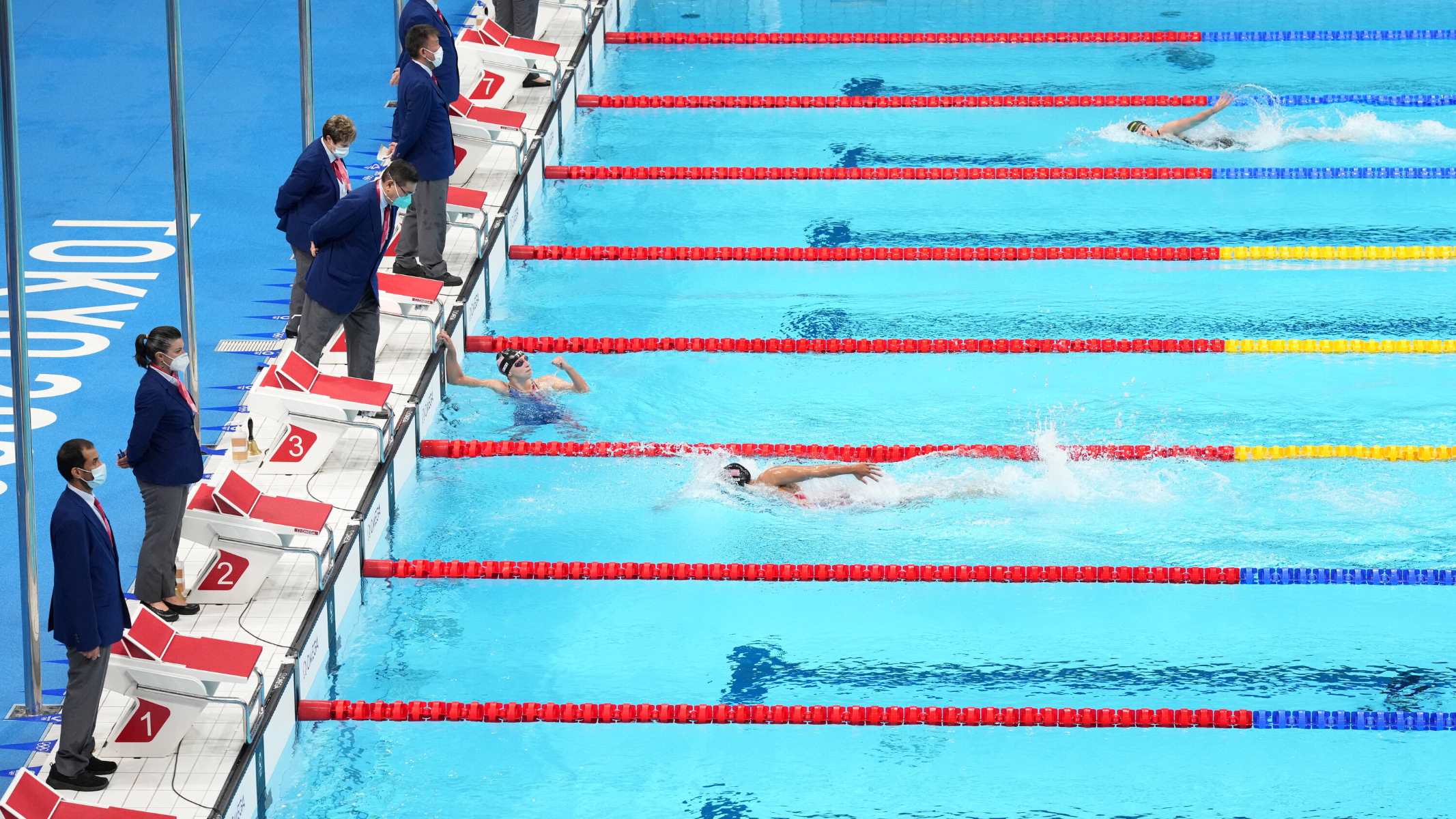
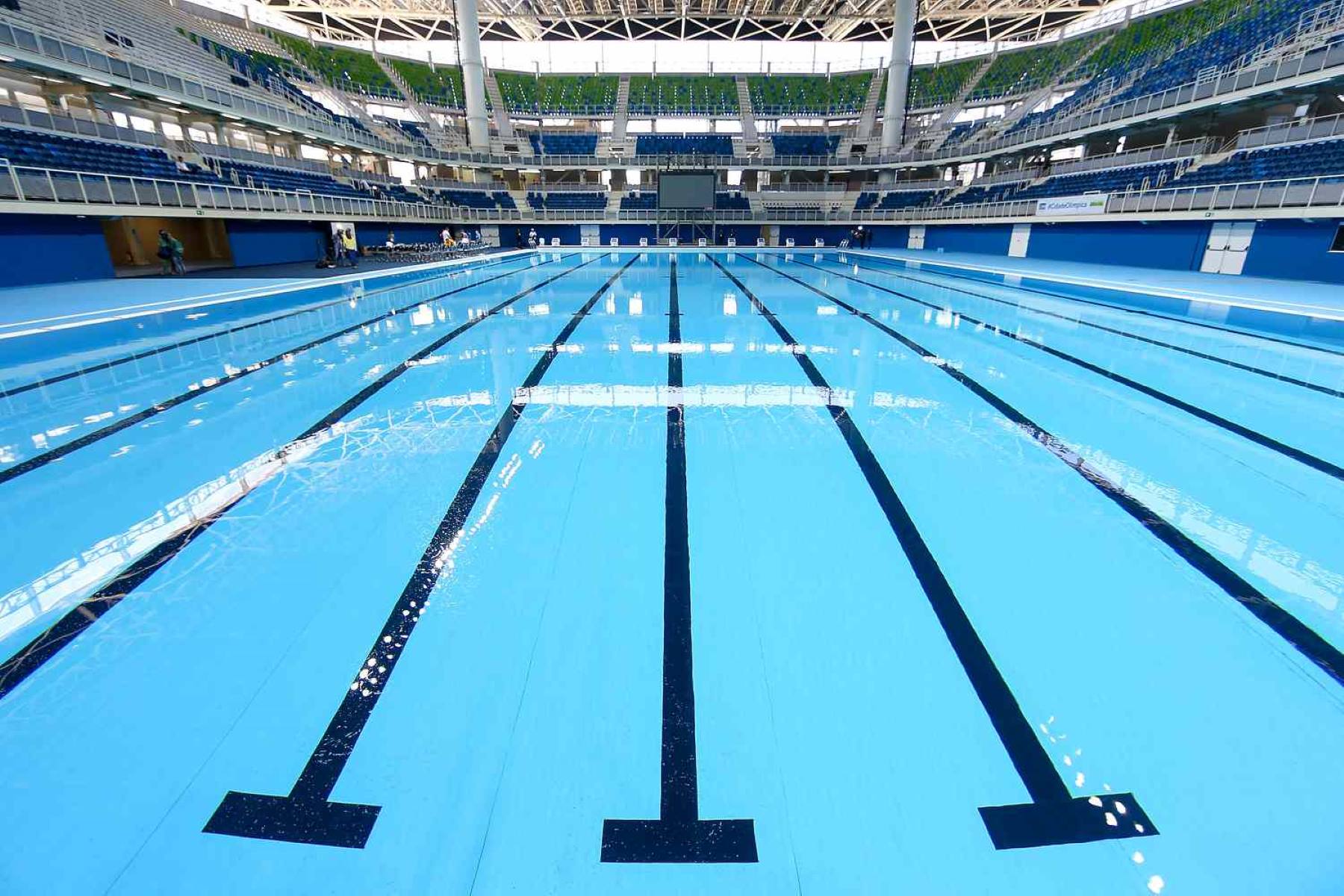
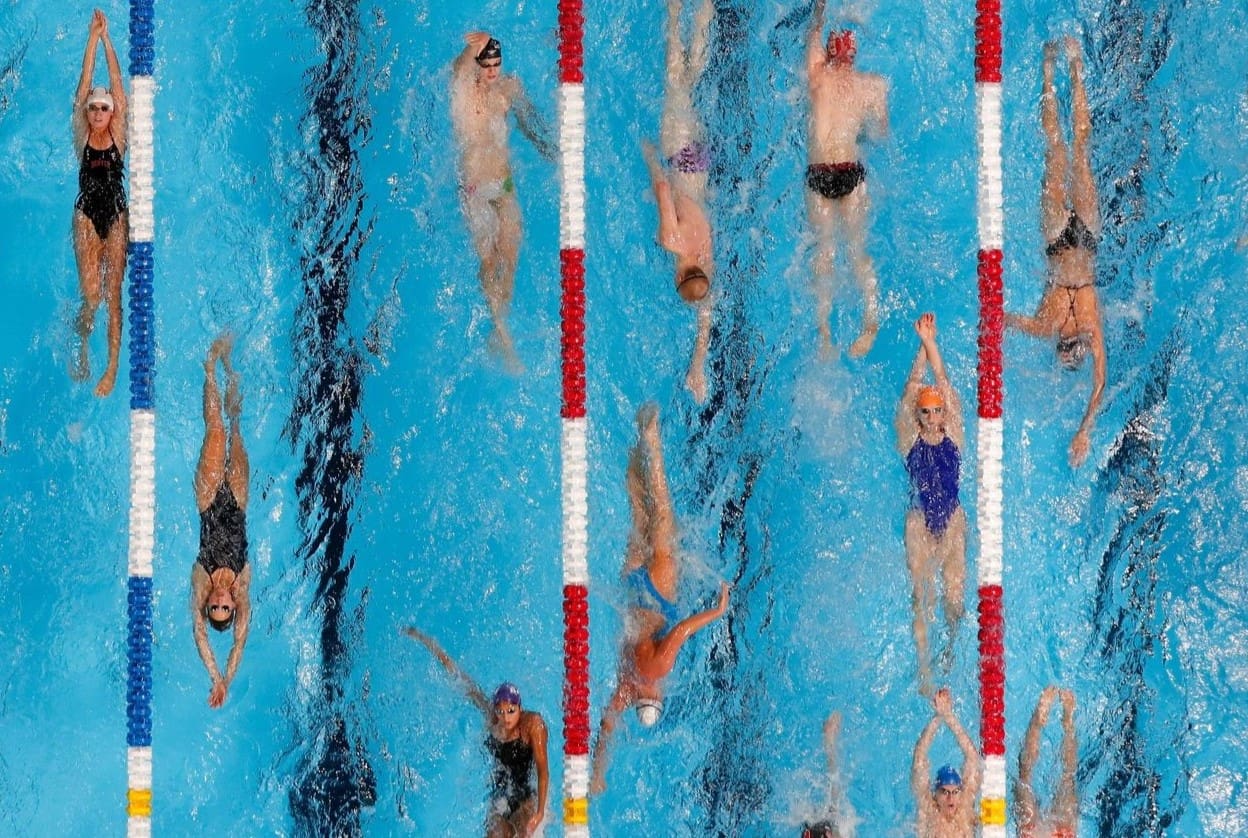
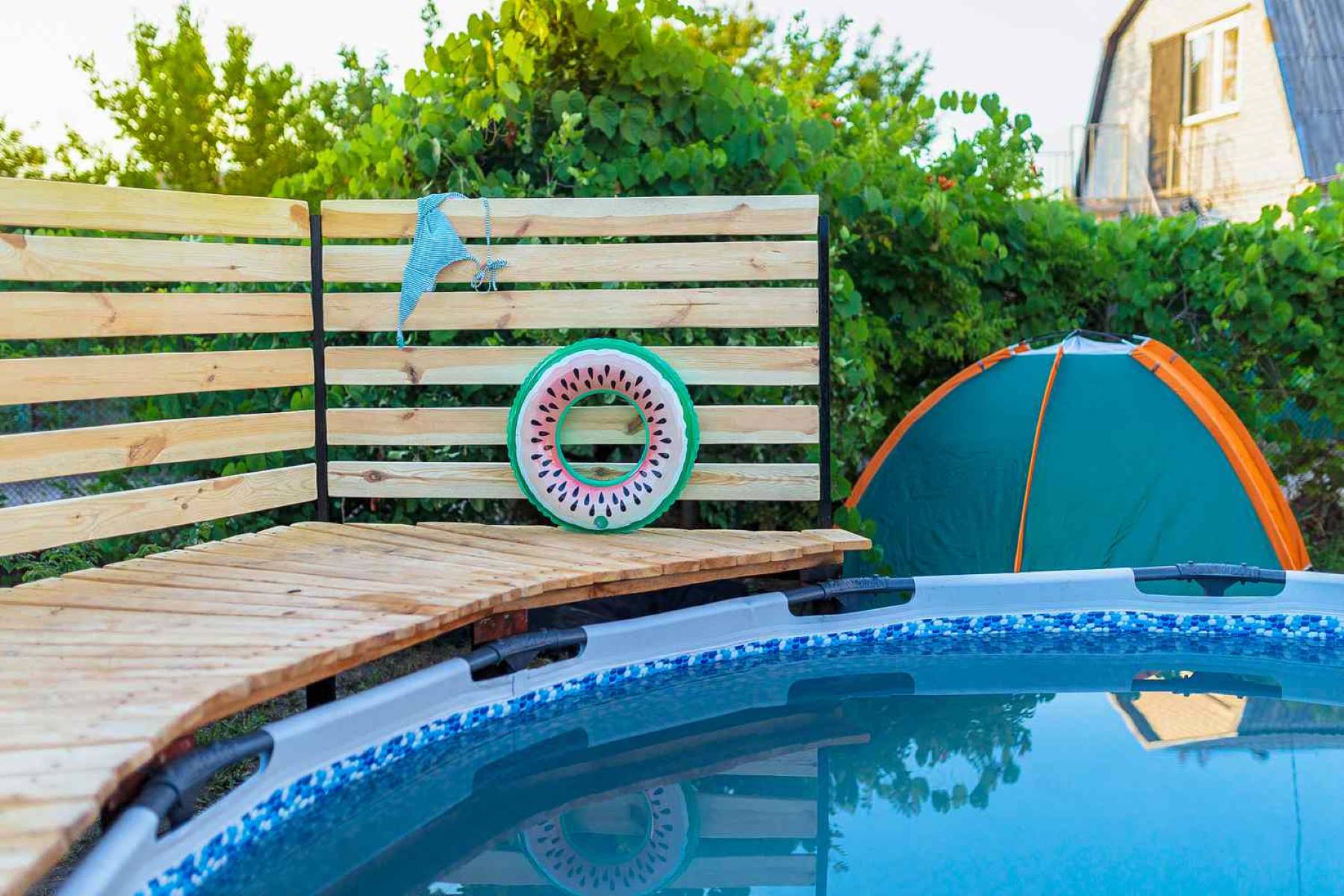
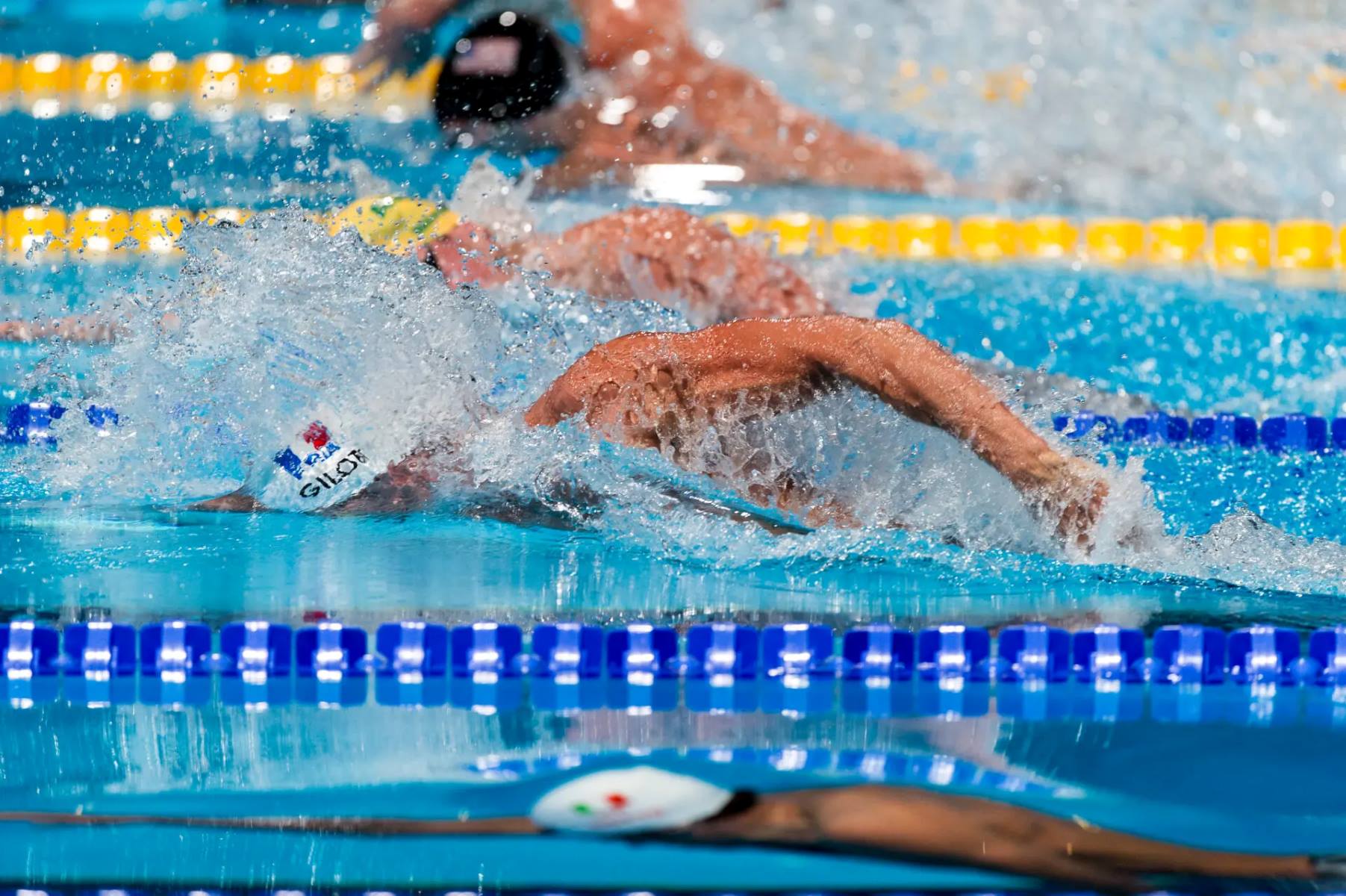
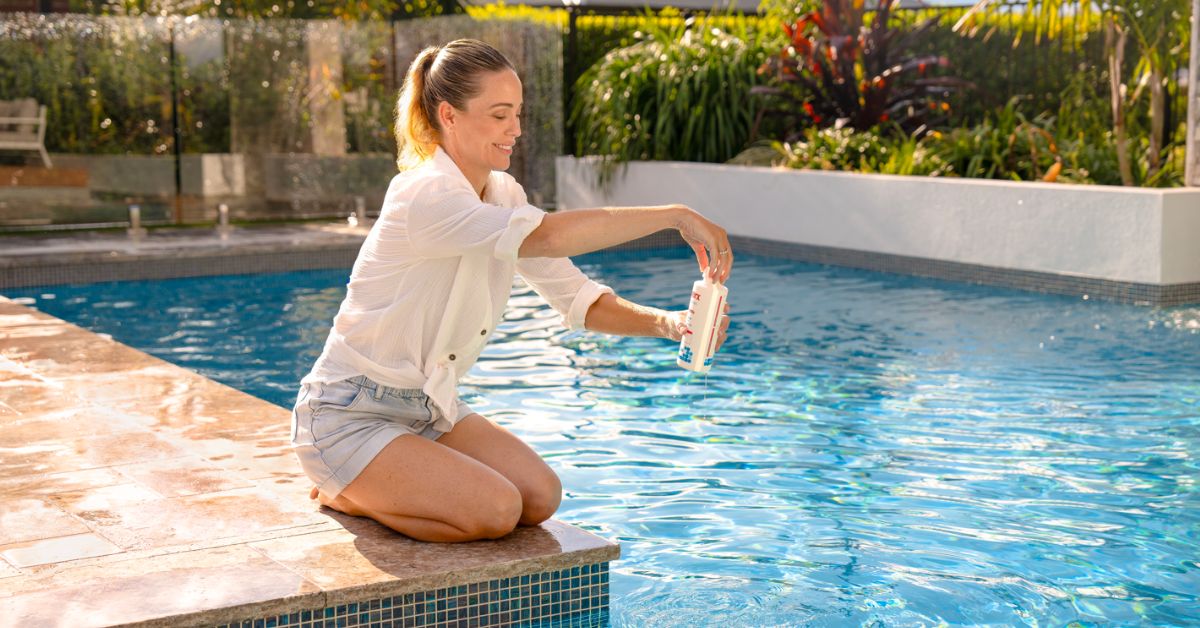
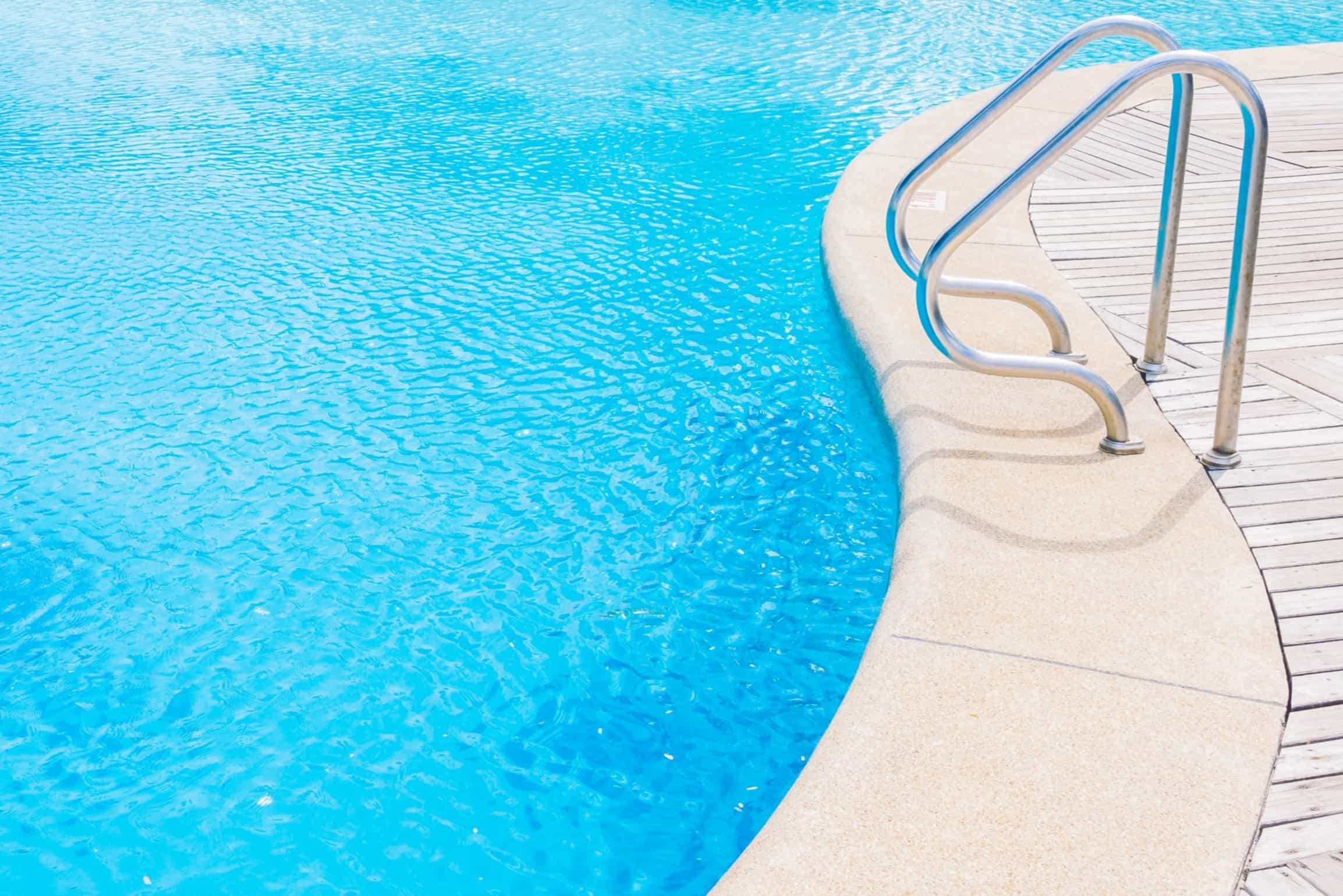
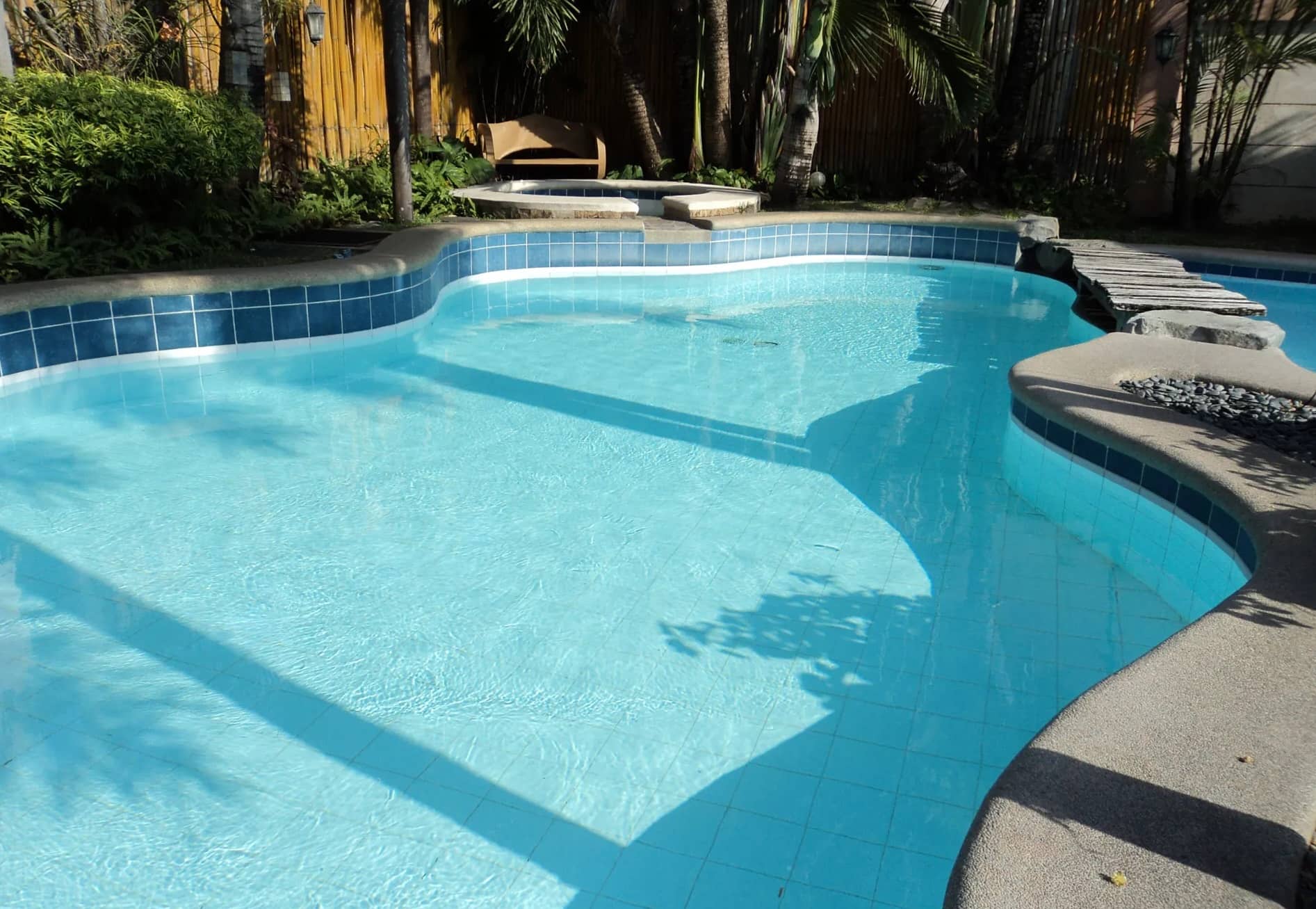

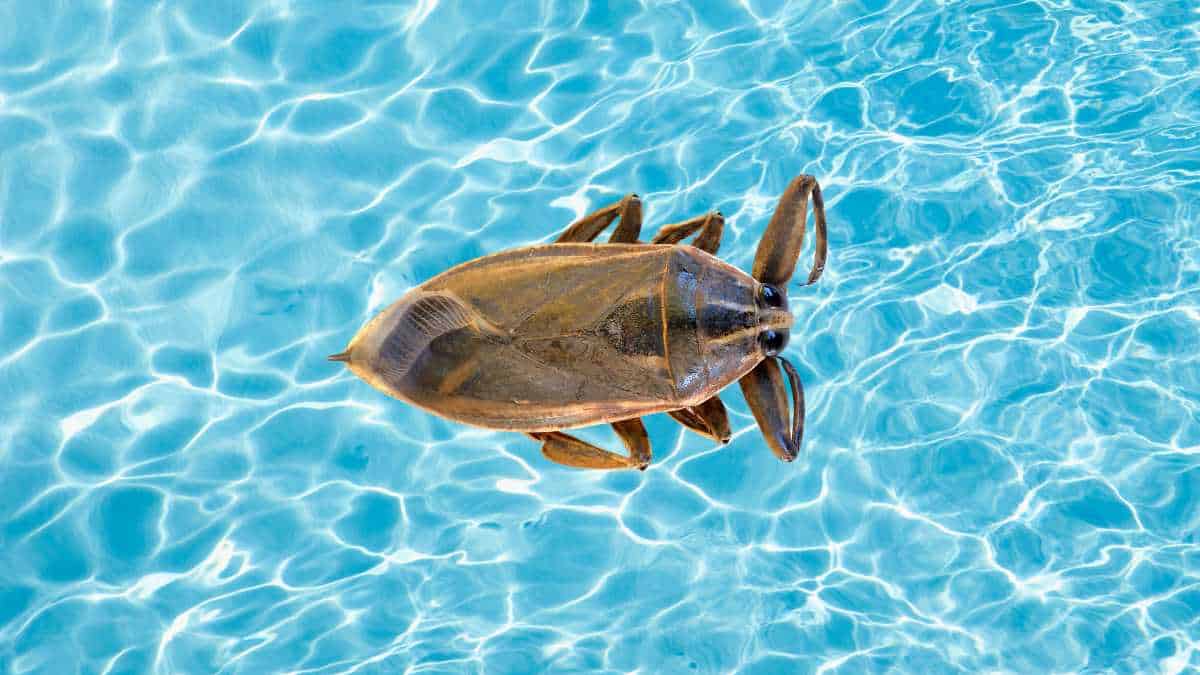
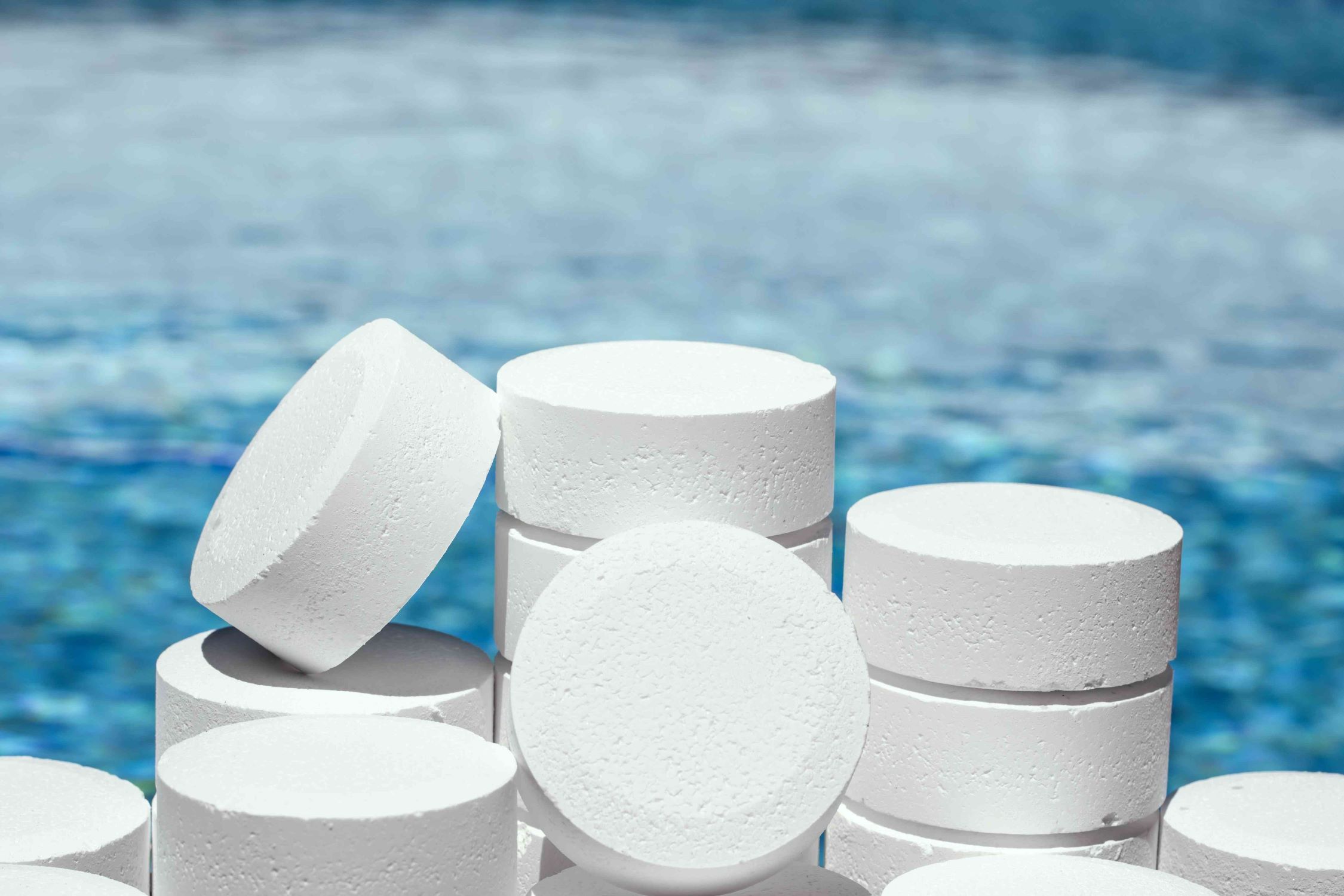

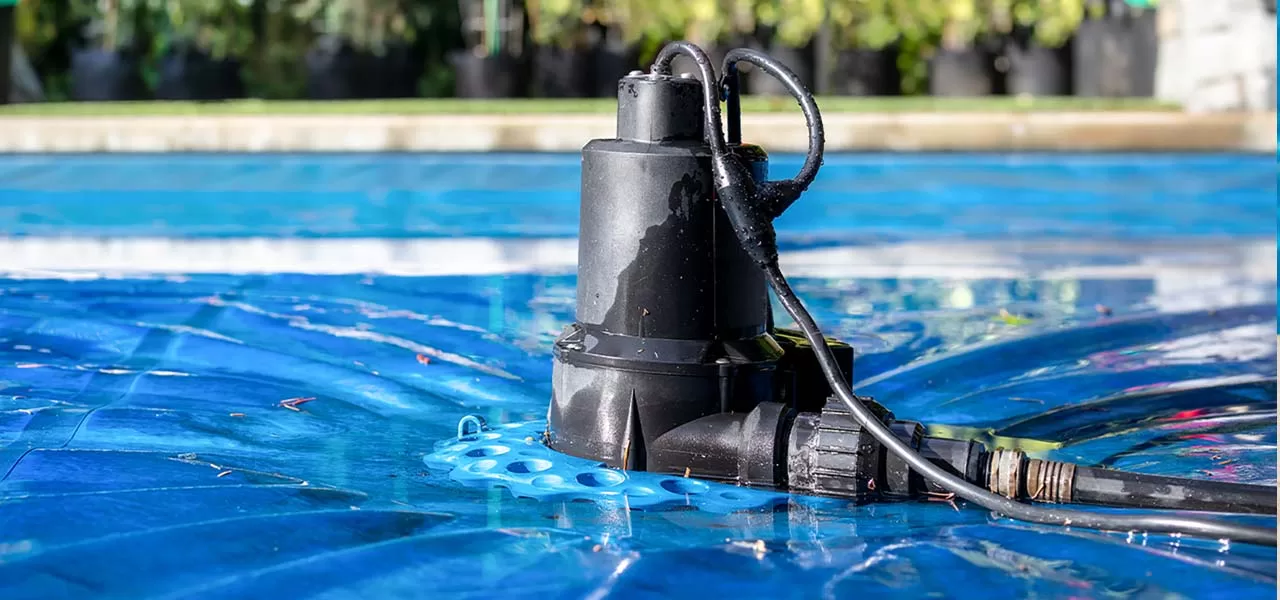
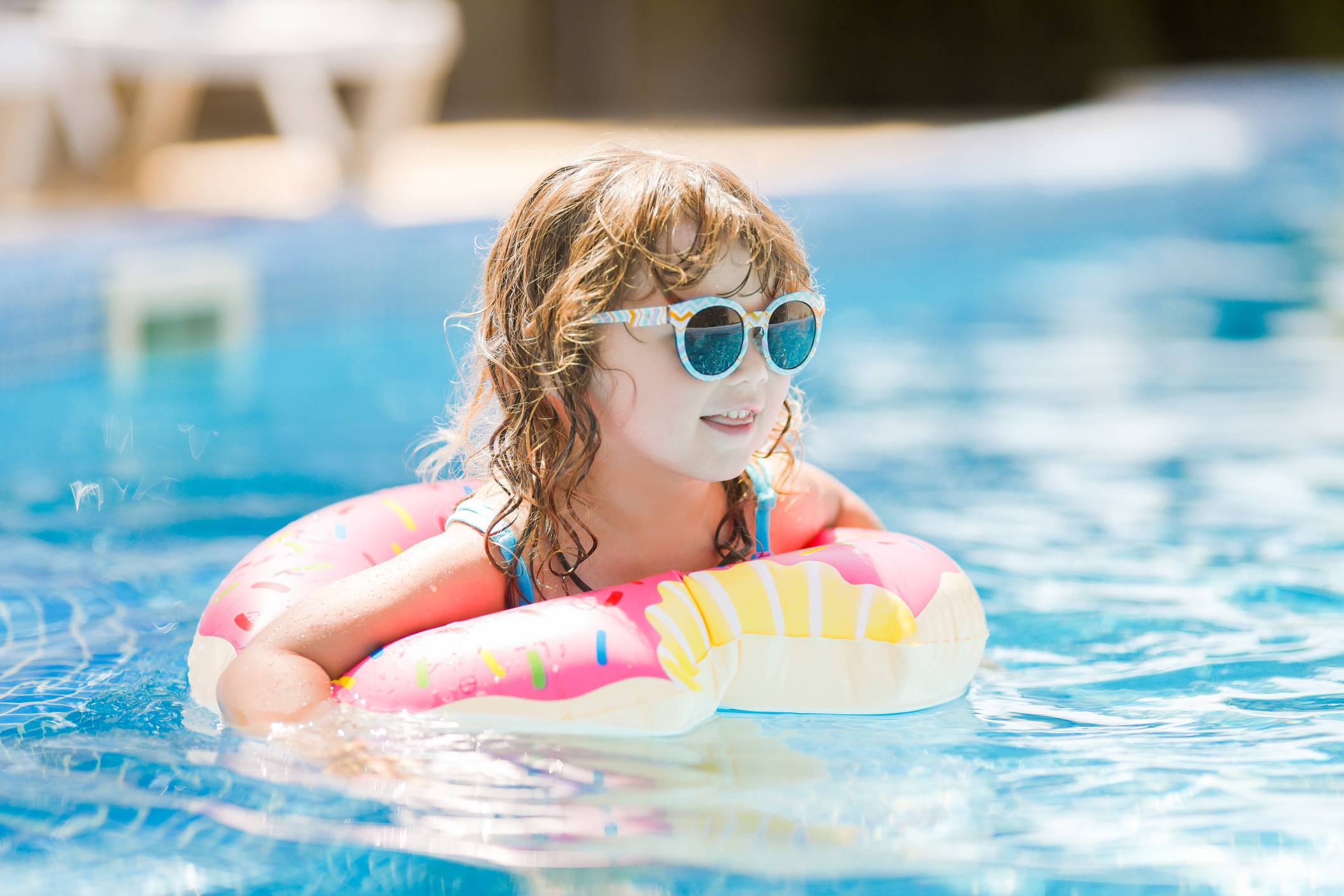

0 thoughts on “How Much Water In A Olympic Swimming Pool”